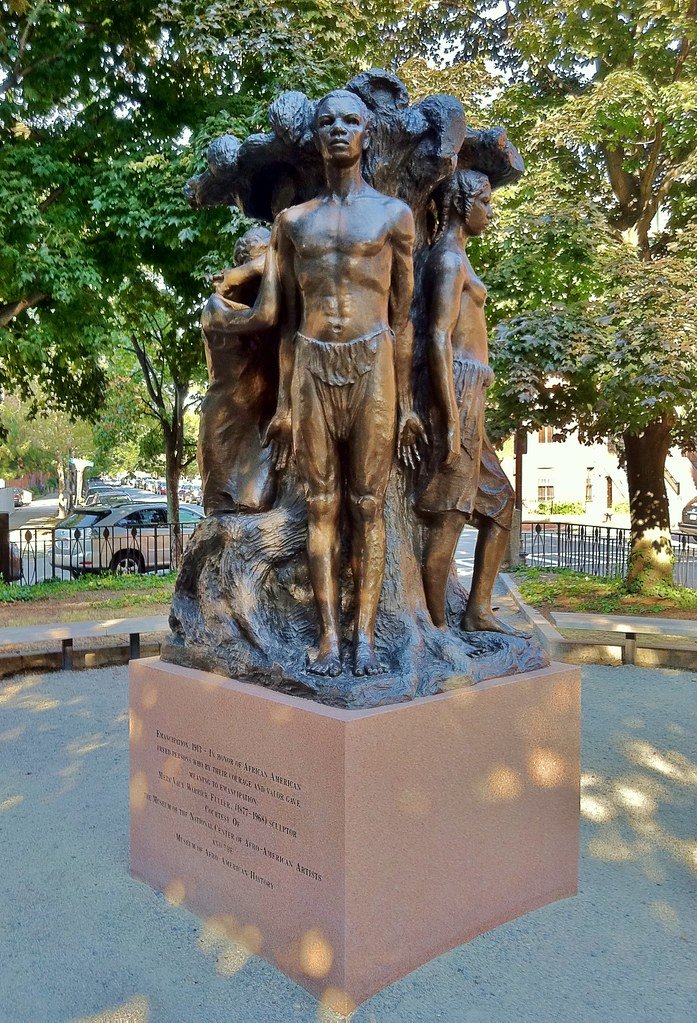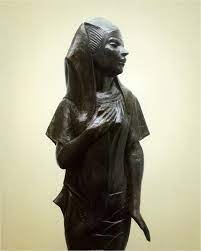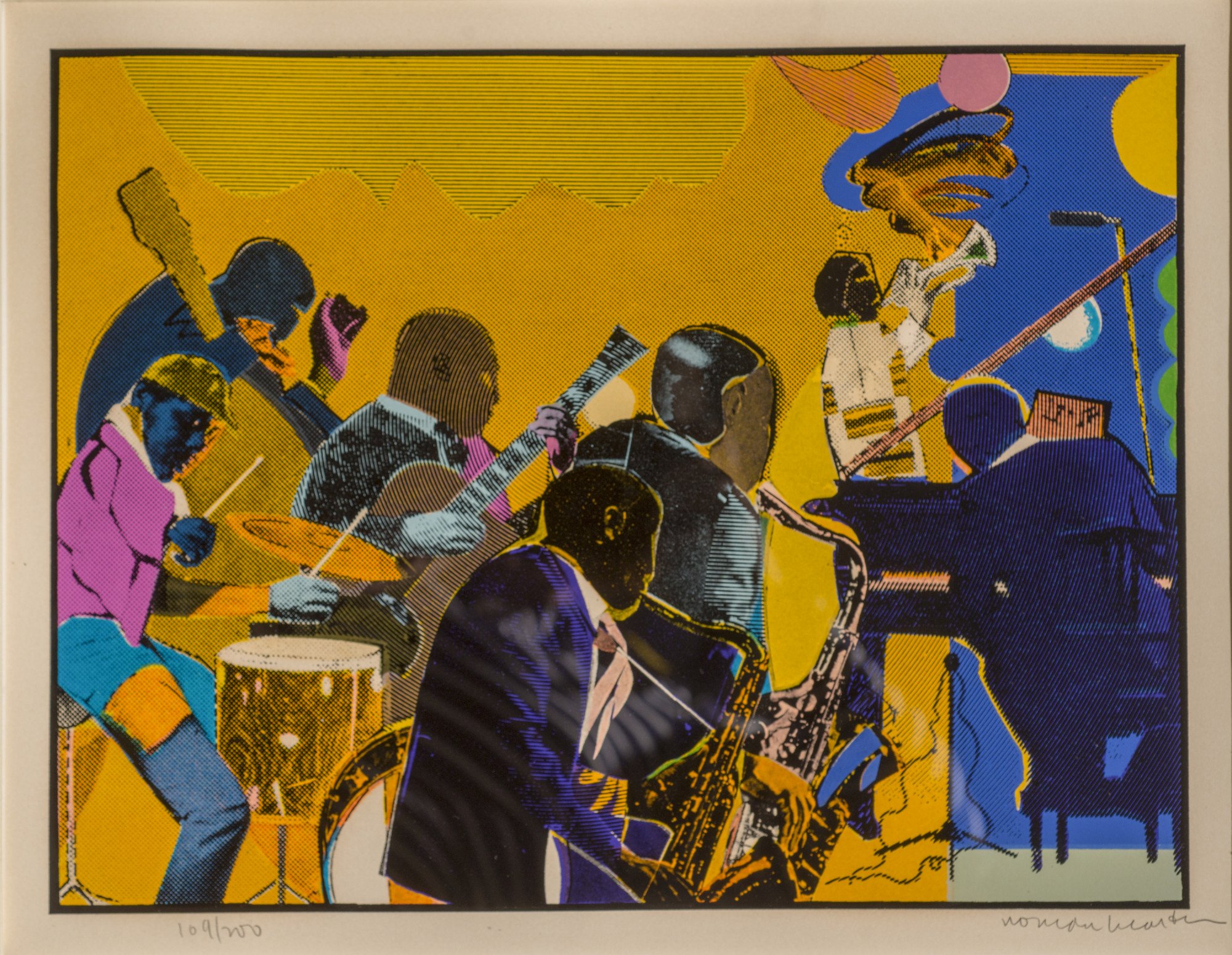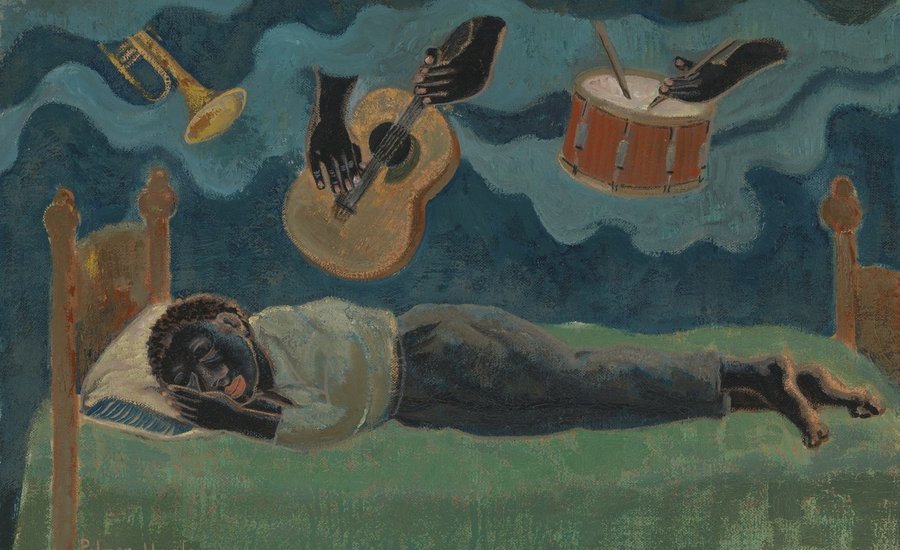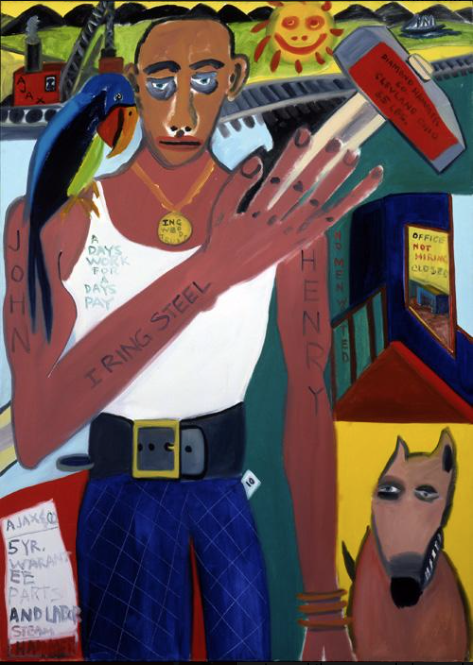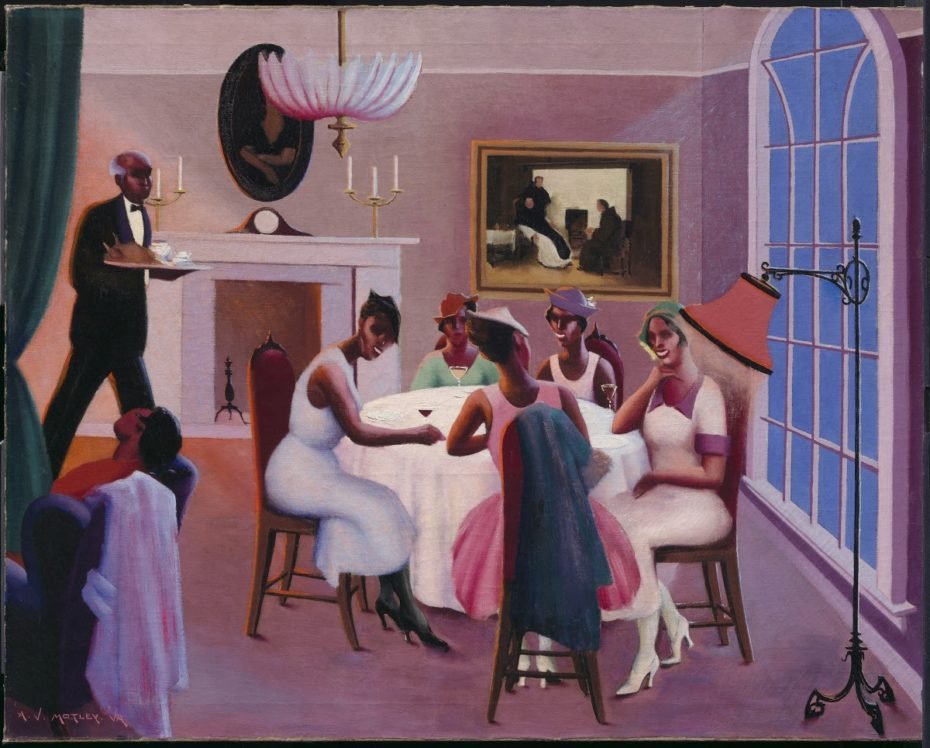The Harlem Renaissance
1918 - 1940
Sometime around the early 1900s life in the Jim Crow south became so unbearable that millions of African-Americans headed north and west in search of opportunity. The Great Migration was one of the most significant movement of people in American history and thousands of artists, writers and musicians were caught in its magnetic pull. In the Harlem area of New York City they found fellow artists and a freedom of expression and lifestyle many had only experienced in trips to Paris. Although there was no single artistic style that characterized what was first called the New Negro Movement, it became a celebration of African-American heritage and culture. Much of the art from this explosive renaissance was created with the fervor of people set free in Jazz Age America.
Since the Harlem Renaissance carried through the Great Depression many Harlem artists found work with the Works Progress Administration (WPA) providing unprecedented support for African-American artists with many prominent commissions. Many of the public murals and sculptures they created still decorate a city where art has played a vital role in renewal.
Although most publications date the Harlem Renaissance from the early 1900s to around 1940, a good case could be made that it has never yet ended. Much of the public art remains and Harlem remains a cultural touchstone for the African-American community.

